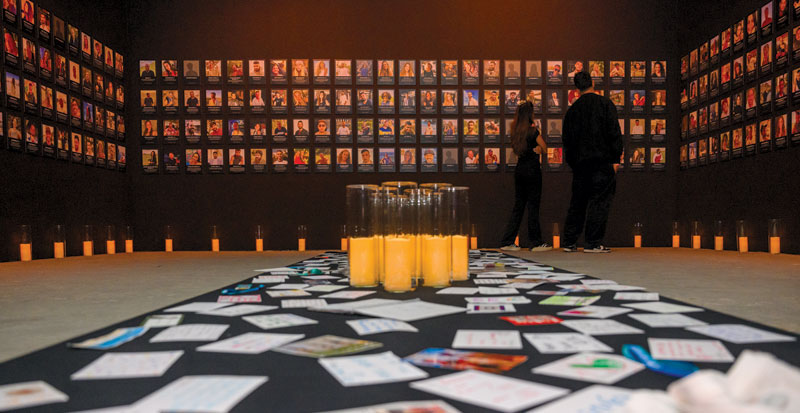
Artifacts from the Nova Music Festival massacre on Oct. 7, 2023 have arrived in Los Angeles in a new immersive studio space in Culver City.
Officially titled “The Nova Music Festival Exhibition: October 7th, 06:29 AM — The Moment Music Stood Still,” the exhibit is now on display in a 50,000-square-foot studio, offering anyone who visits a chance to put themselves into the horrors that unfolded that day in Re’im, Israel.
It’s more than just a display of photos or video footage and a few items from that day. It is a cerebral journey. Visitors walk through a recreation of the festival grounds, complete with scorched cars, bullet-riddled bathroom stalls, and sometimes bloodied personal belongings left behind by the people who were attacked that day.
“Everything you see there on the ground — the tents, the canopies — everything is original, everything is from the festival,” Israeli event producer Ilan Faktor told The Journal. “We cleaned only blood, otherwise it’s as is.”
Although he was not at the Nova Festival, Faktor has been a concert and festival producer in Israel and involved in the trance music scene for many years. Faktor has also been the lead in creating the exhibit, cataloging and preserving the thousands of artifacts. Faktor led the charge of wrangling the items through the bureaucracy (in both Israel and the U.S.) of putting them on display half a world away. The exhibit was first displayed at the Tel Aviv Expo in January; where it remained for ten weeks. Everything was then packed onto shipping barges and brought to the U.S. by sea, first stopping in New York this past spring. Faktor became emotional when gesturing to a part of the exhibit titled “Lost & Found” — just like any lost and found station at any music festival. This one features neatly organized pairs of shoes, hats, and clothing, all awaiting someone to claim them. Faktor then gestured to the four charred vehicles, which he said were a major challenge to transport.
“Sometimes they just look like old burned cars, but you dive in and still find personal stuff — coins, watches, sunglasses— things that fell out as we unpacked. It’s hard.”
It’s hard not to arrive at the Nova Exhibit grounds in Los Angeles and think to oneself, “We’ve been waiting for you.” It’s a healing experience, but raw in so many ways. What’s on display at the Nova exhibit seems to effortlessly draw out so many emotions. Upon arriving, visitors are greeted by a placard reading, “it was a festival that only few knew about.” But next to the entry door is a sign reading, “warning, disturbing content.” The signage is in the same styling as that of the festival itself. The first room features a six-minute video of festival survivors speaking about what the Nova festival was like and what it meant. There’s smiles, slow-motion dancing, hues of red and purple lighting at a dance party. They describe the festival as consisting of “great people,” “every type and every layer and every color and from different countries,” and “when you arrive you feel at home.” The video ends with the DJ being told “red alert, red alert.” It evokes memories of Andy Card whispering in the ear of President George W. Bush after World Trade Center Tower 2 was hit on Sept. 11, 2001. The music stops, and another man approaches the DJ booth to shout into the microphone, “red alert, there are rockets in the air.”
The video abruptly ends. That is where the Nova exhibit begins.
A door opens to the first gallery; visitors walk into a dark, smoke-filled hallway flanked by disheveled camping tents. There are dozens of video screens at all different angles —some featuring footage of festival-goers recording goodbye messages to their families while hiding from Hamas terrorists, other footage recorded by Hamas terrorists themselves. It’s loud, there’s screaming, there are fake trees to emulate the once serene scene. There are scattered cellphones, some with looping screen recordings of WhatsApp messages between terrified people who moments before were joyfully dancing at the festival. There’s a randomness to the items on display: a chaotic display including a lone white sock, a cup with toothpaste and a toothbrush, beach chairs, water bottles, hats. These basic, ordinary items bring a grim, “this could have been me” aura.
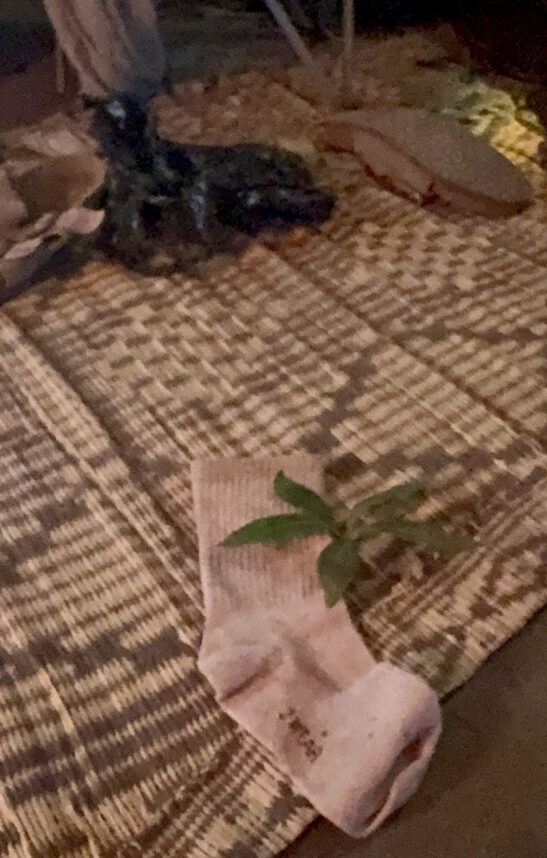
After the initial corridor, there are several other immersive spaces for visitors. The largest space includes a recreation of the festival bar (every bottle on display was at the festival), the festival art market and the burned out cars. There’s even more tents — with a particular corner of the exhibit showcasing tents with placards and video testimonials about the Hamas terrorists engaging in gang rape and sadistic acts of mutilation. You then walk into the recreation of the dance floor. White sheaths hang in a circle around a clay monument to the dance floor. Projected on the sheaths are silhouettes of 405 birds ascending as angels into the sky, representing the 405 people murdered that day.
Music industry executive Scooter Braun is one of the main partners in bringing the Nova exhibit to the U.S. He said his main motivation was his frustration in how silent the music scene was following the massacre.
“The world just abandoned them, the world was quiet, the world was silent,” Braun said. “The industry I’d given my life to for 23 years wasn’t saying anything. And I was confused because when we had a terrorist attack in Manchester, 22 people were killed, and within two weeks, the entire world rallied behind us. Here I was standing in front of these kids [at the Nova Festival site] where over 400 were killed, and no one was saying anything … this is about seeing your daughter, your mother, your friends, and your sister, and speaking to others and demanding they see this.”
About 113,000 visitors went to the Nova exhibit during its run in New York last spring.
“In New York, Nova became a movement,” Nova Exhibit partner Josh Kadden told The Journal. Kadden left his job in tech to manage the exhibit full-time. “It wasn’t just an exhibit; it became something people would come back to multiple times. Every week, visitors bring two other friends. And I had a call to action, I said, ‘you are all now employees of Nova. You. In this town. Bring your team, bring your company, bring your client. You all have the ability. You have publicists, agents, managers.’ So getting people feeling excited about what we’re doing. That was the point of it.”
When asked about what the strategy is to get non-Jewish visitors to the exhibit, Kadden said that isn’t the right question. “How do you get everyone here? Just because you’re Jewish doesn’t mean you understand what happened. I know people that aren’t Jewish that understand better than some Jews. It’s not the right barometer. We are very focused on getting others here. I just don’t know if it’s binarily divided Jewish vs. non-Jewish.”
It’s an optimistic goal, a sentiment that Kadden still feels after being singularly focused on the exhibit for the past few months. In many words, he described it as a production layered with trauma healing. His office at the New York exhibit was in The Healing Room — the final section of the exhibit, with places to sit, reflect, and commiserate. There’s a gift shop too — and it’s tasteful in every possible way. Expect the t-shirts, dog tags, and memorial bracelets to sell out quickly.
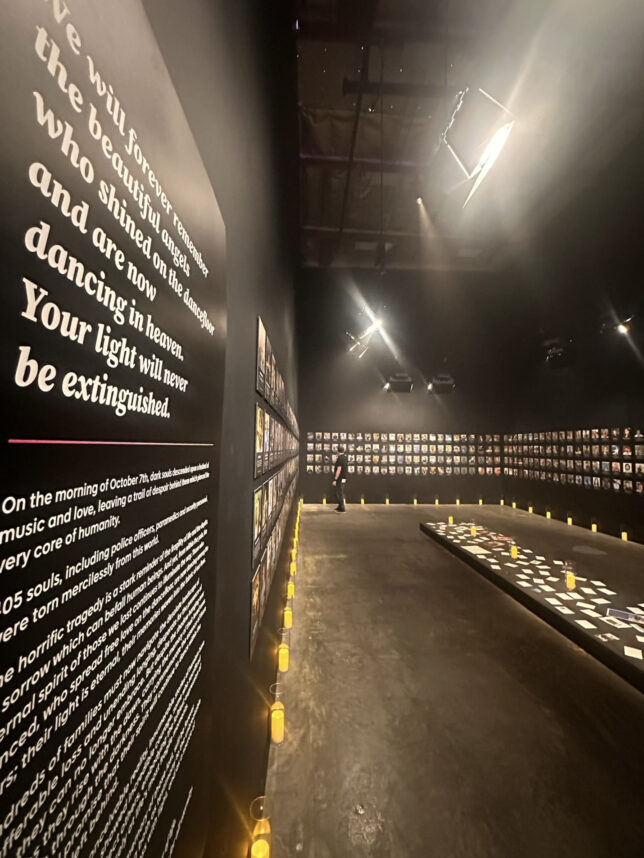
As visitors move through the exhibit, they encounter not only the sobering, sometimes blood-stained, bullet hole-ridden reminders of the massacre, but also spaces designed for healing and reflection. The Memorial Wall honors everyone killed at the festival, featuring photographs and individual descriptions of who each victim was.
Every day throughout the Nova Exhibit’s run in Los Angeles, there will be survivors of the massacre on hand to be docents, and share their own horrific stories.
One survivor, Itay Hamer, spoke with The Journal the day after he arrived in Los Angeles. Prior to the attacks, Hamer worked as a salesman. But now through Oct. 8, Hamer will be at the exhibit six days a week to answer questions and share stories with visitors. So far, he said the most common question he gets is “How did you manage to escape?”
“I just did what I thought was right at the moment,” Hamer told the Journal. “Terror came from every side of the festival. It was basically luck. I did nothing better than other people. luck. That’s it.” When Hamer arrived at the Nova Exhibit on Aug. 14, it was his first time seeing the festival artifacts since Oct. 7, albeit in a resurrected state.
Nova Festival survivor Danielle Gelbaum, who will also be at the exhibit several days per week, sees the exhibit as a vital way to educate and connect with people outside of Israel.
“The exhibit is not just a memorial but a platform to share their experiences with the world,” Gelbaum told The Journal. “This isn’t a matter of a terror attack that happened against Jews or Israelis. This is a crime against humanity. When I saw the terrorists in front of my eyes murdering people and shooting at me, they didn’t ask me if I’m Jewish or Israeli or if I am from Islam or a Christianity. They didn’t ask me. They didn’t care. It happened here. And it can happen in Coachella and it can happen in Burning Man. It almost happened one week ago in Taylor Swift’s concert. It happens everywhere. It happened at Ariana Grande’s concert. It can happen anywhere. This isn’t a matter of Judaism or Israelism or Zionism or any of that. Everyone should be here. Everyone should see it. Everyone needs to understand that it could happen five miles away from your house.”
Millet Ben Haim, a survivor of the massacre and director of education and publicity for the Nova Foundation, spoke about the broader message of the Nova exhibit.
“This is not just an exhibition of something, this is actually an option for you guys to enter our community,” Ben Haim told The Journal. “This is Nova, and what Nova is all about. Everything is something very universal and very genuine. It’s a message of light and what happened to our community on that day. What’s been happening ever since is the greatest darkness you can witness, but also the greatest light that you can witness. We really try to capture that and we really try to pass on the message that we are who we are and we are not allowing those atrocities and that kind of evilness to change our hearts. That is the most important thing. We hope that what we are sharing here, not just the message of this is something awful that happened, but also ask, ‘how can we repair the world together?’”
Faktor said that he hopes to take the exhibit to other cities around the world, including Miami, Berlin, Paris, London and Sydney. “There is a demand everywhere,” he said.
As the exhibit continues in Los Angeles through October 8, 2024, it remains to be seen whether some of the biggest names in entertainment will make a visit and use their platforms to take a stand.
“This was the largest massacre against the music industry ever,” Hamer said. “And I think that just as people feel it’s important to go to the Holocaust Museum and to know what happened 80 years ago, I think now it’s the time to learn — when everything is so fresh — to understand not just what the people of Israel, but music lovers there that day went through.”
The Nova Exhibition is located at 8631 Hayden Place in Culver City. It is open through October 8. Tickets can be purchased at the website: https://www.novaexhibition.com/
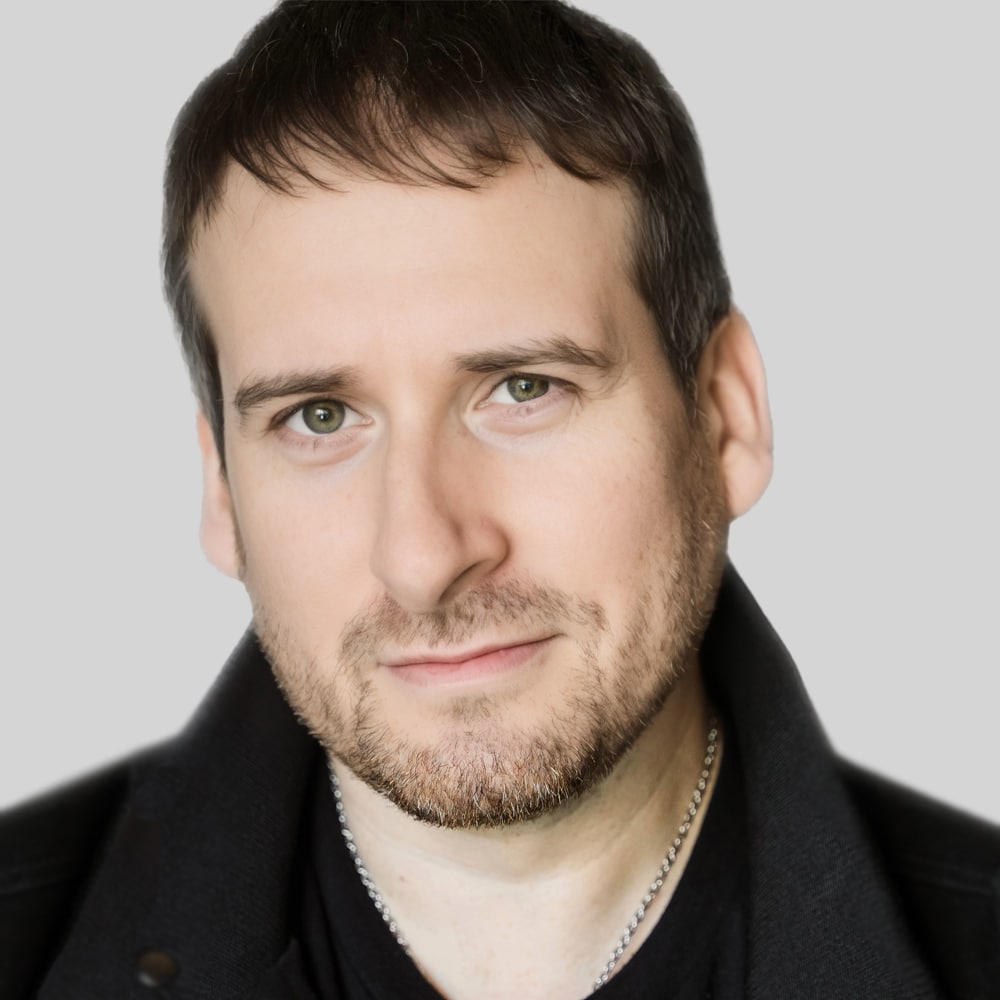
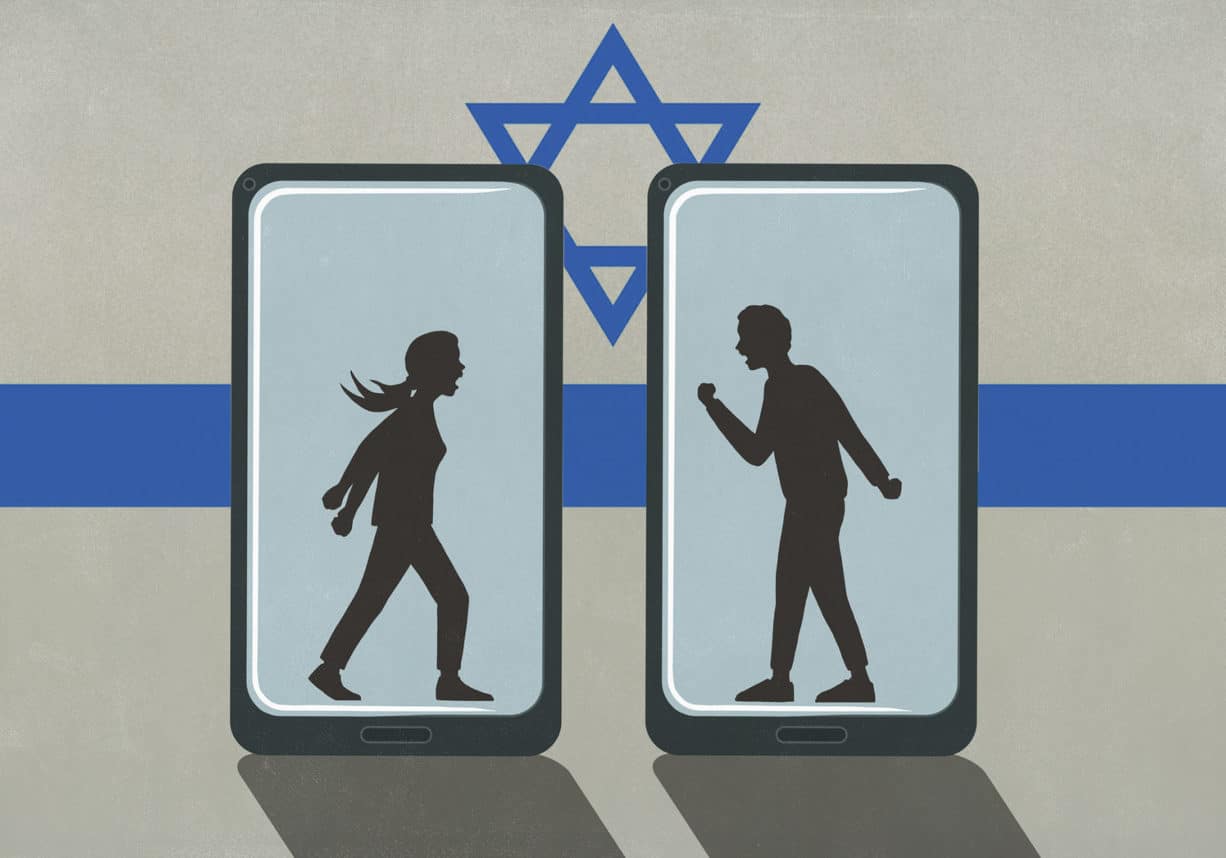
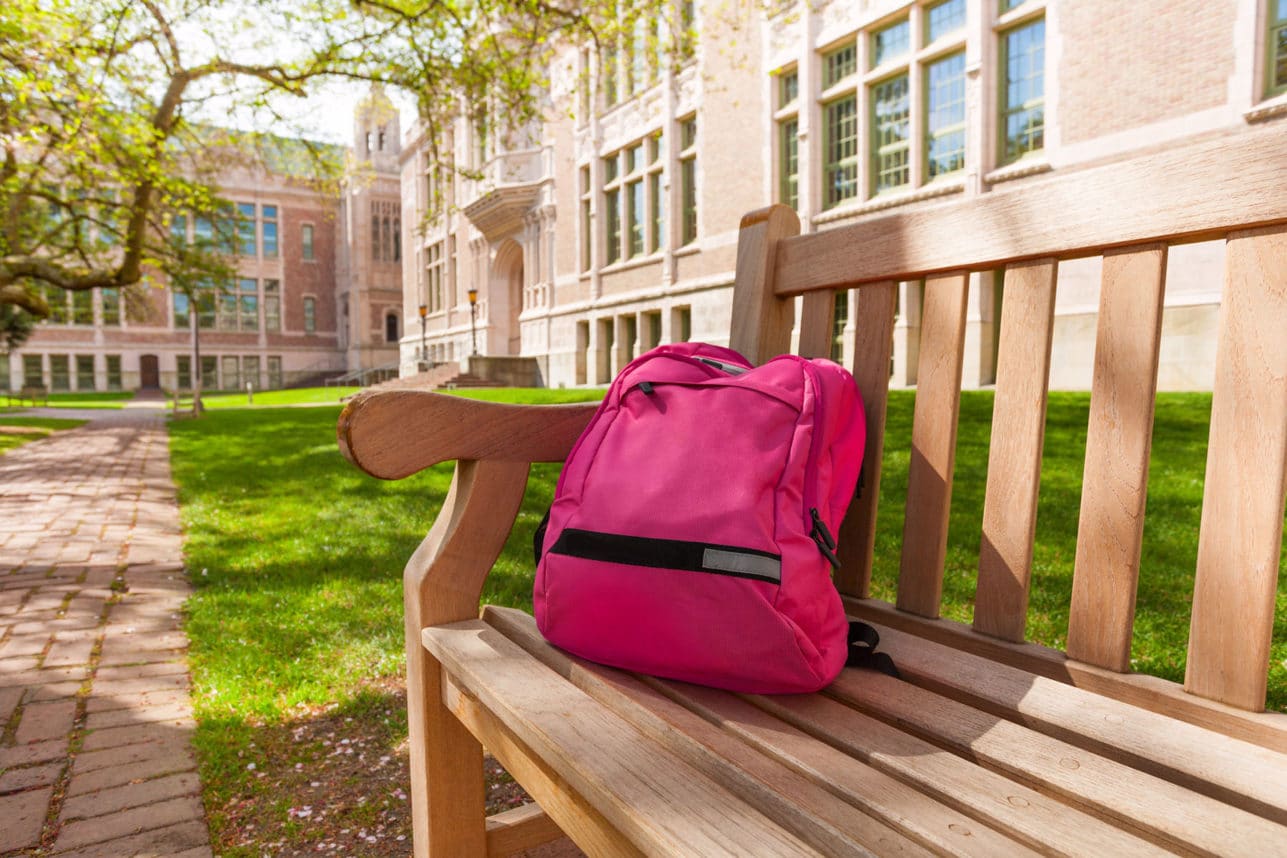
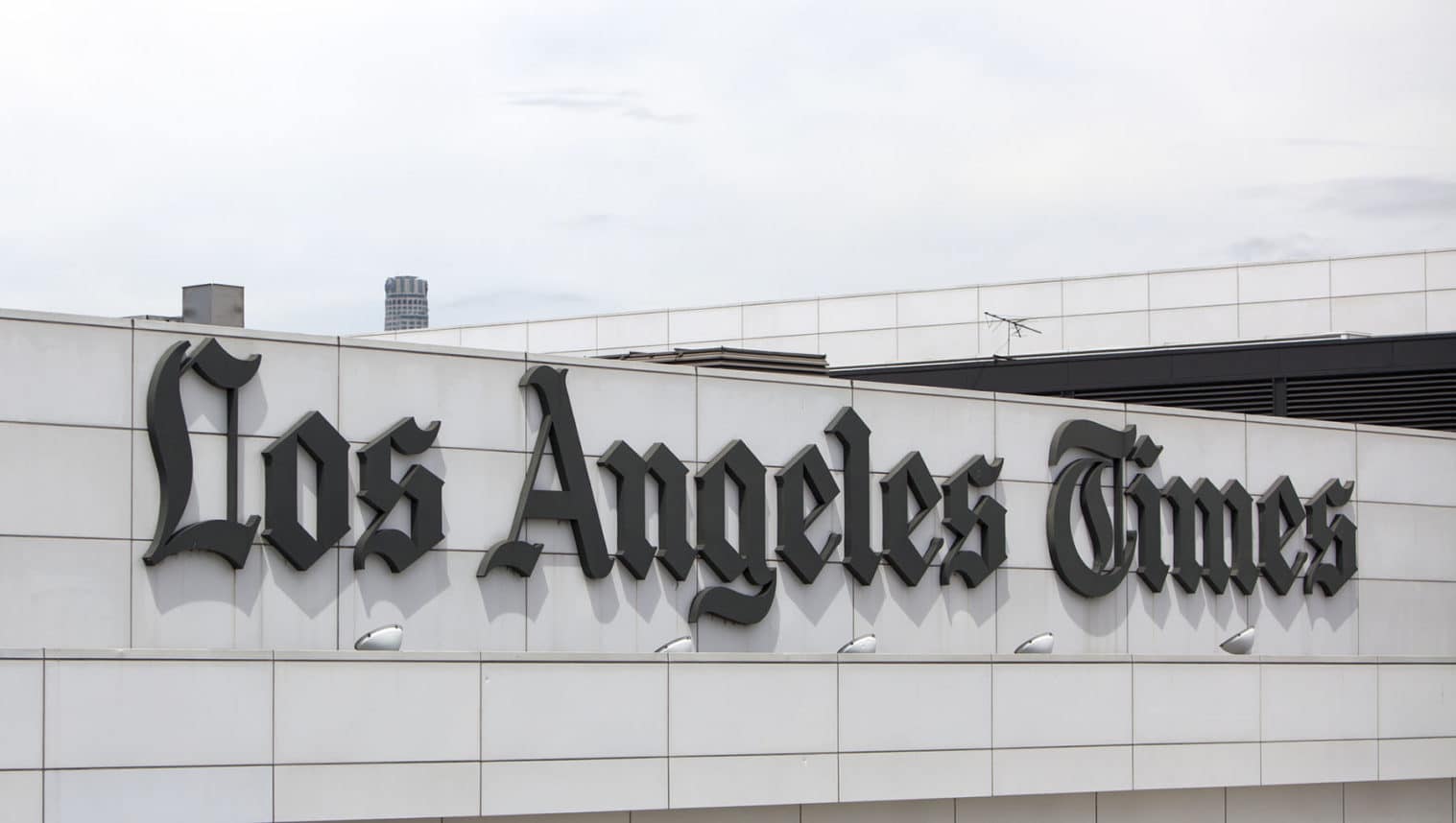
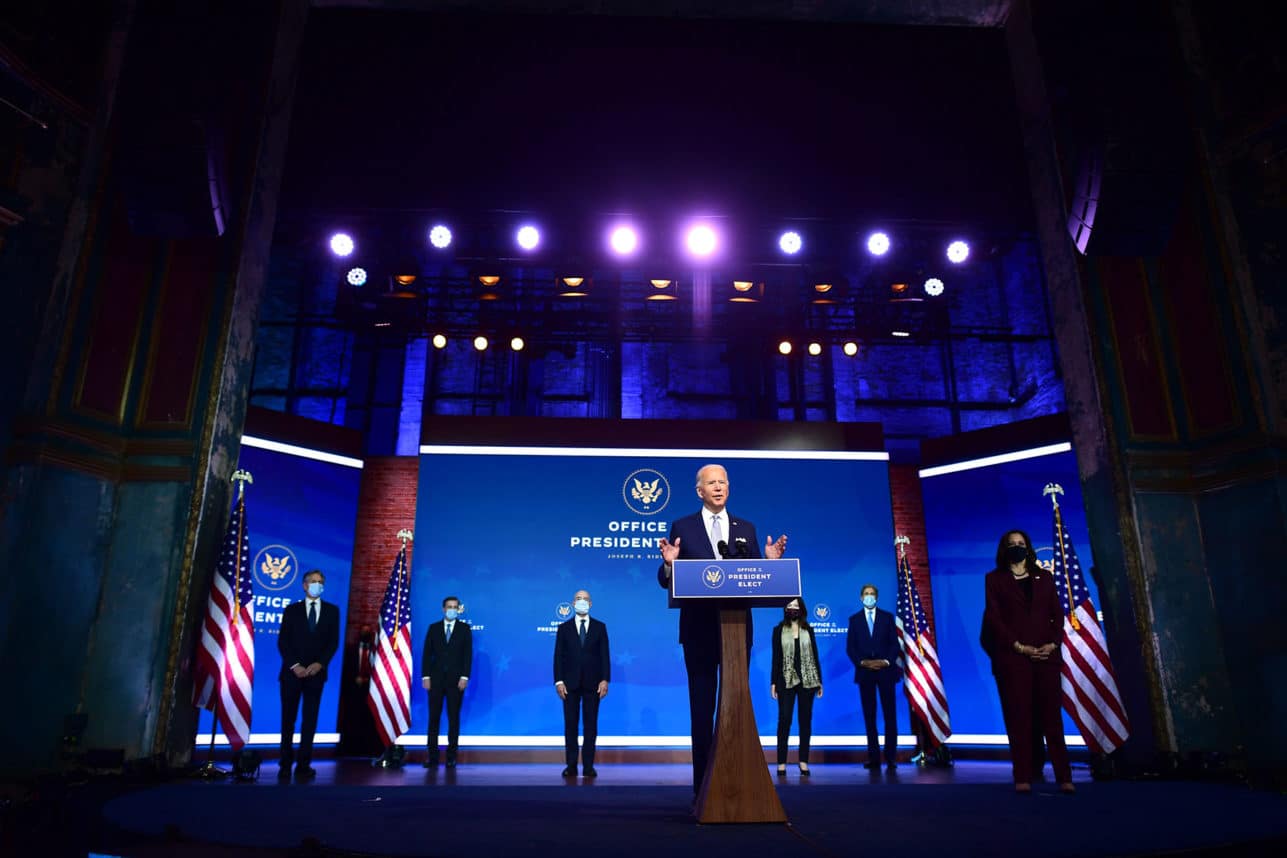
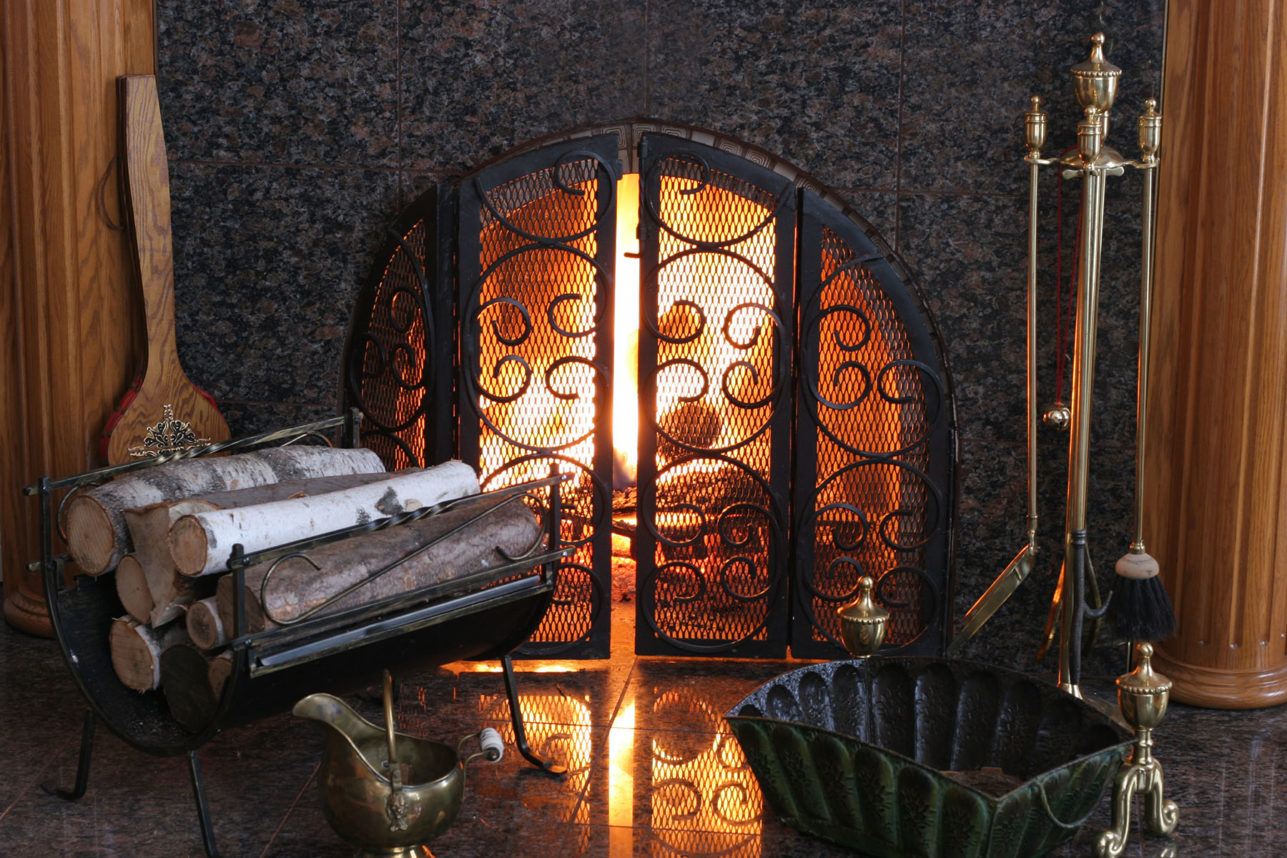
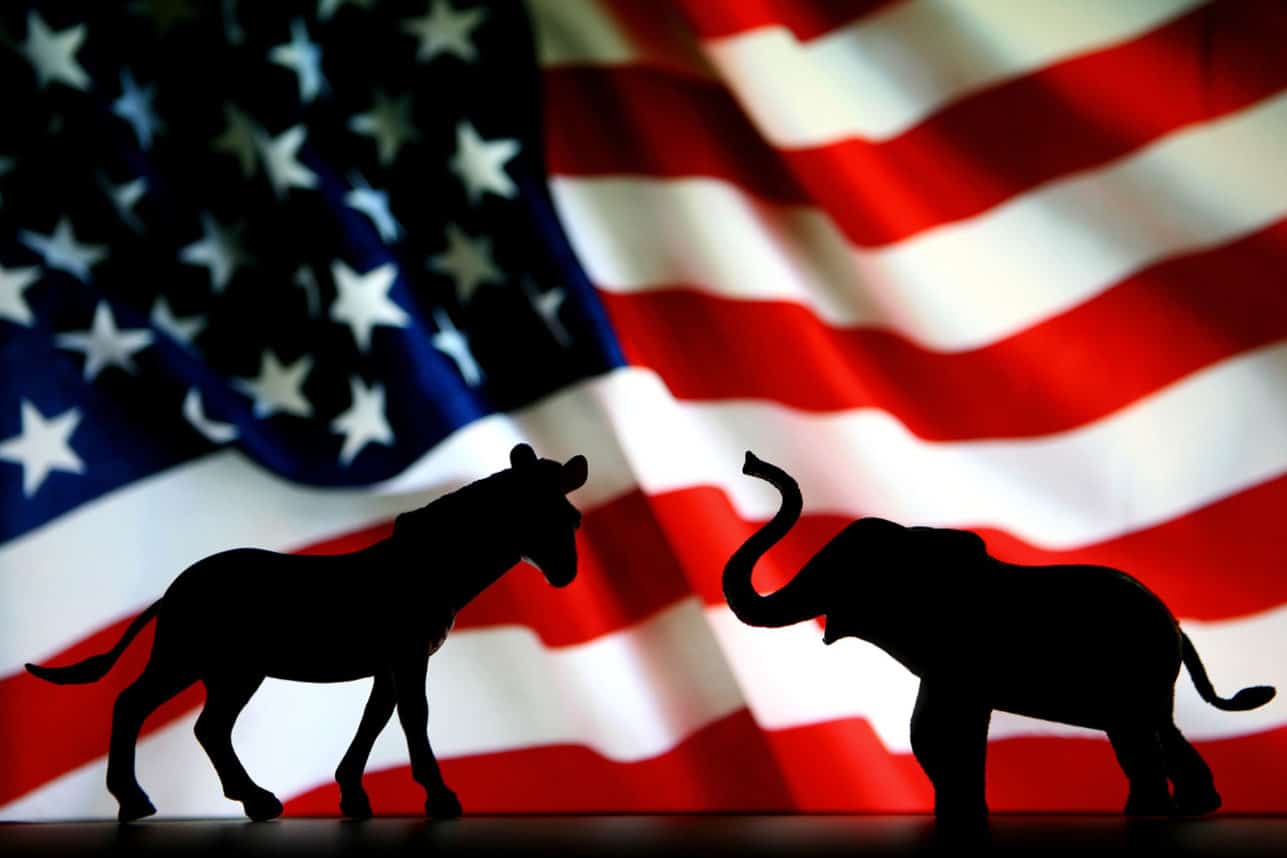
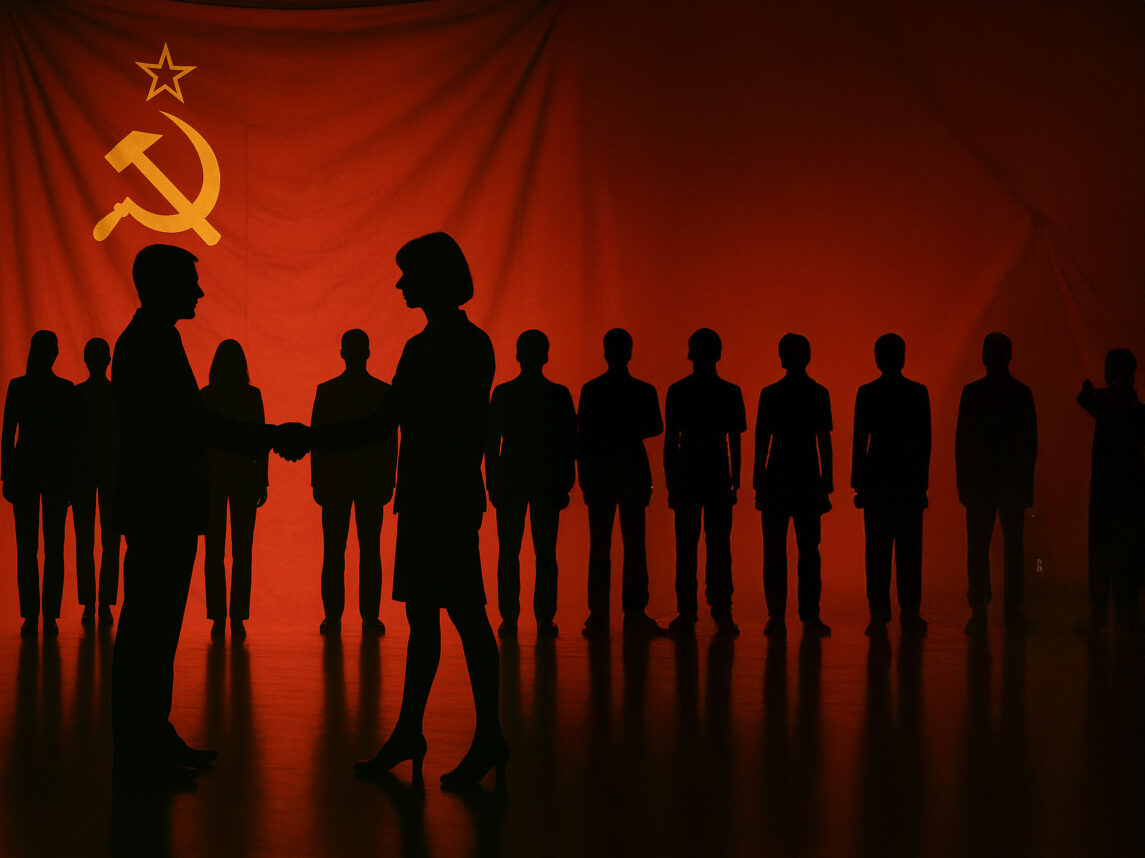
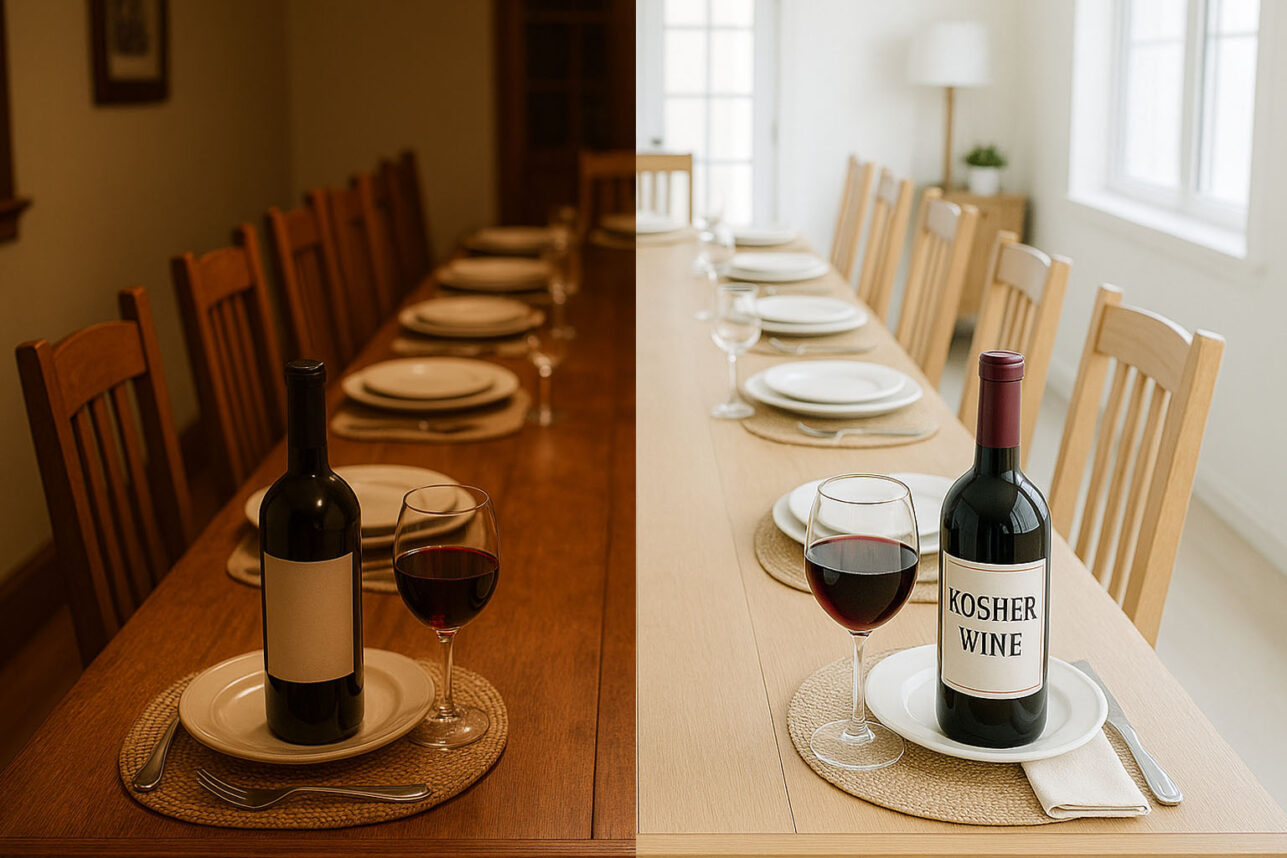
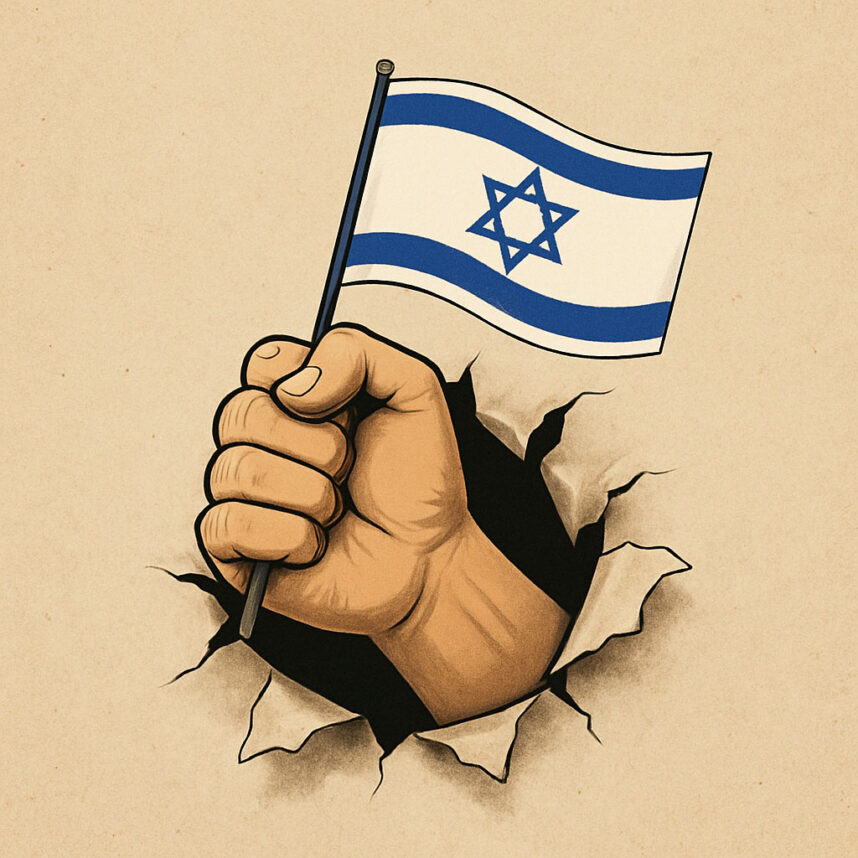
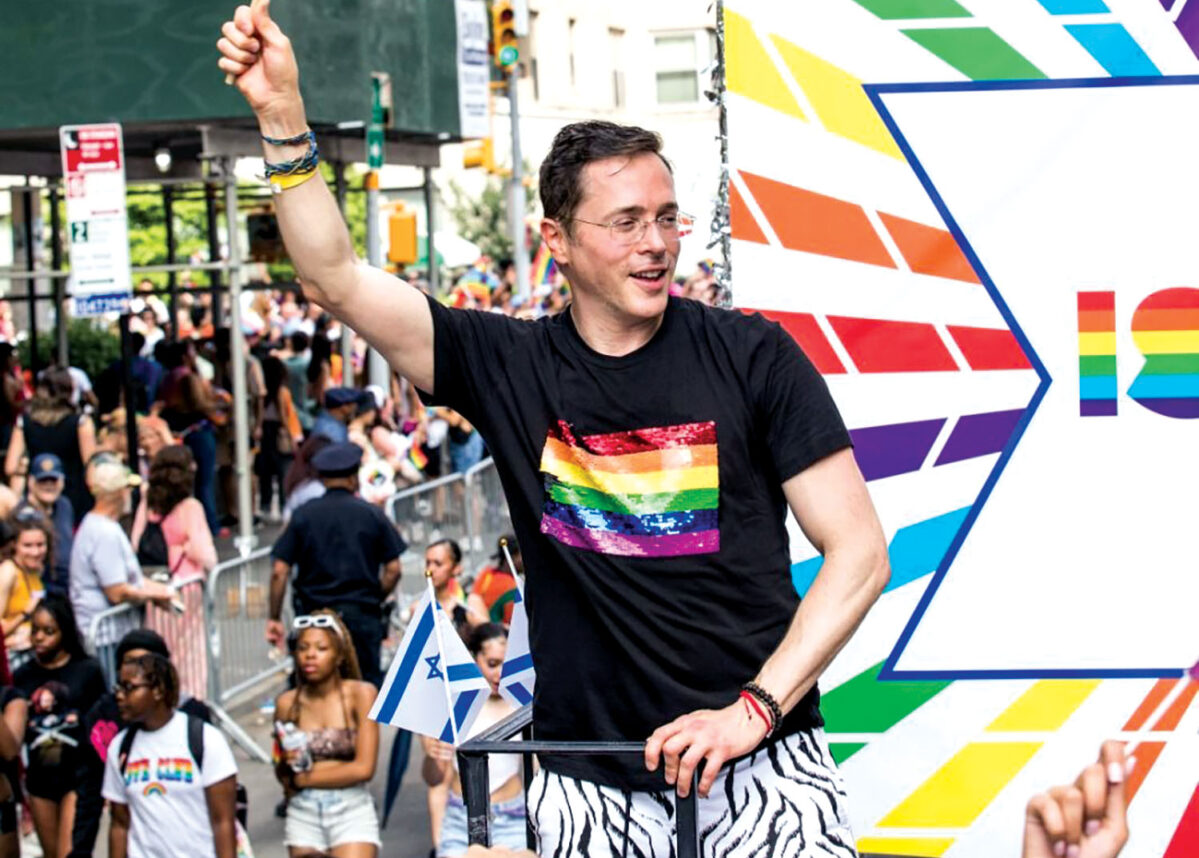
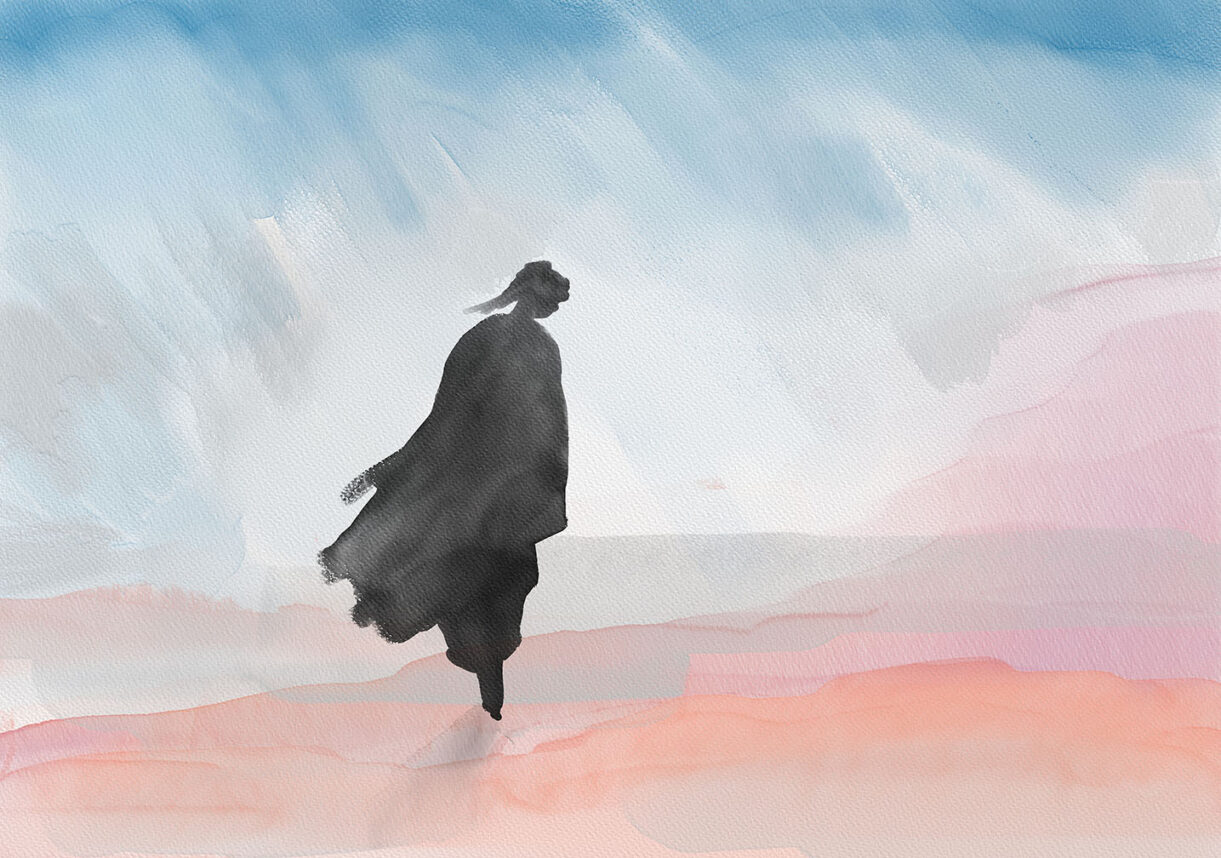
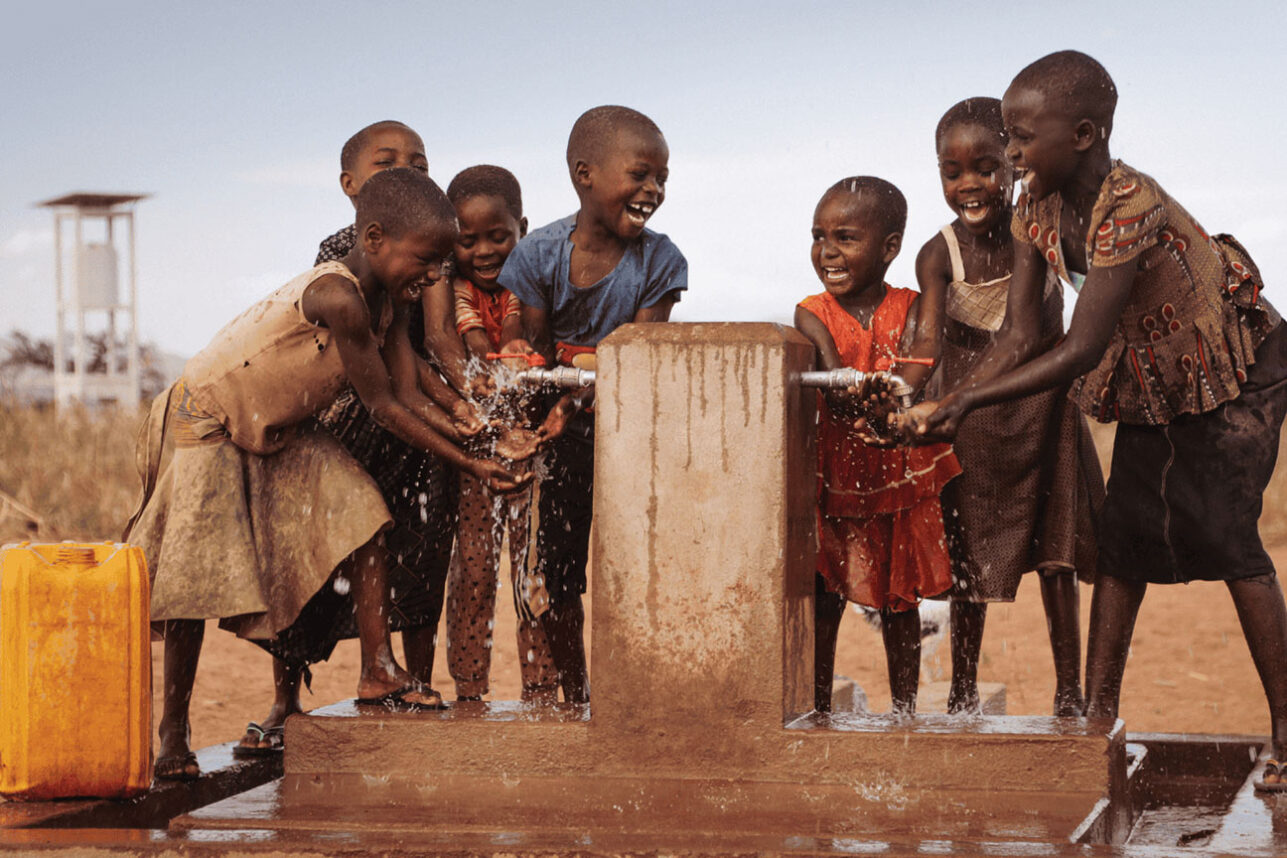
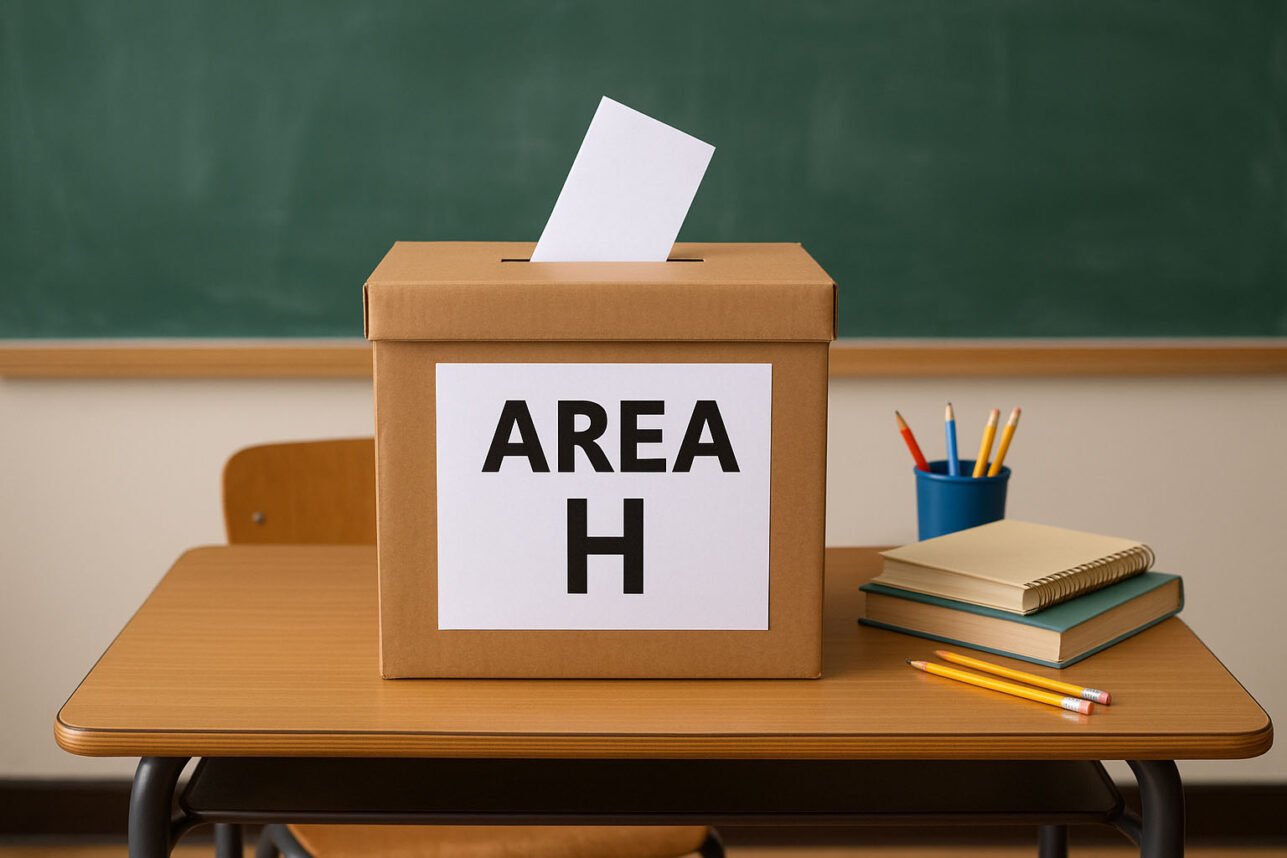
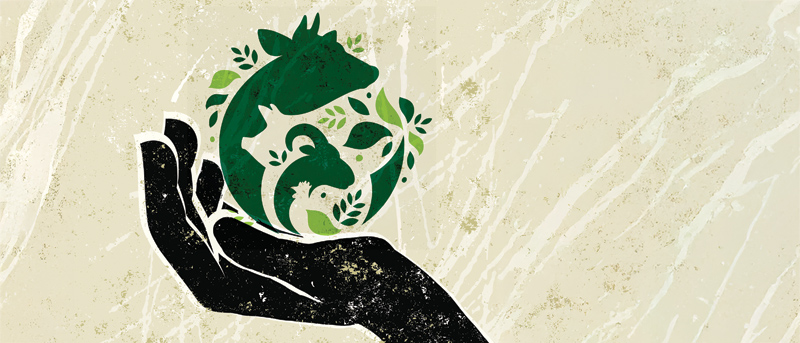
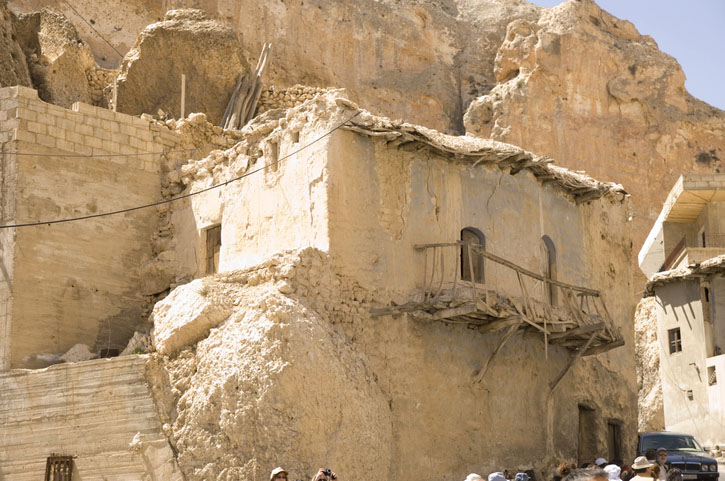
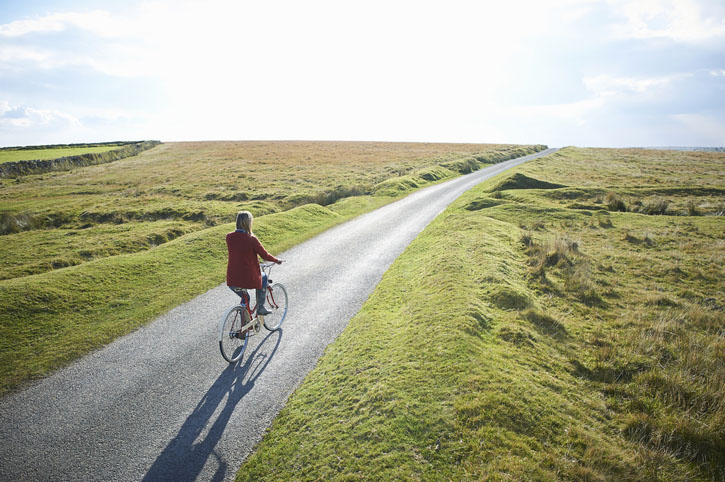
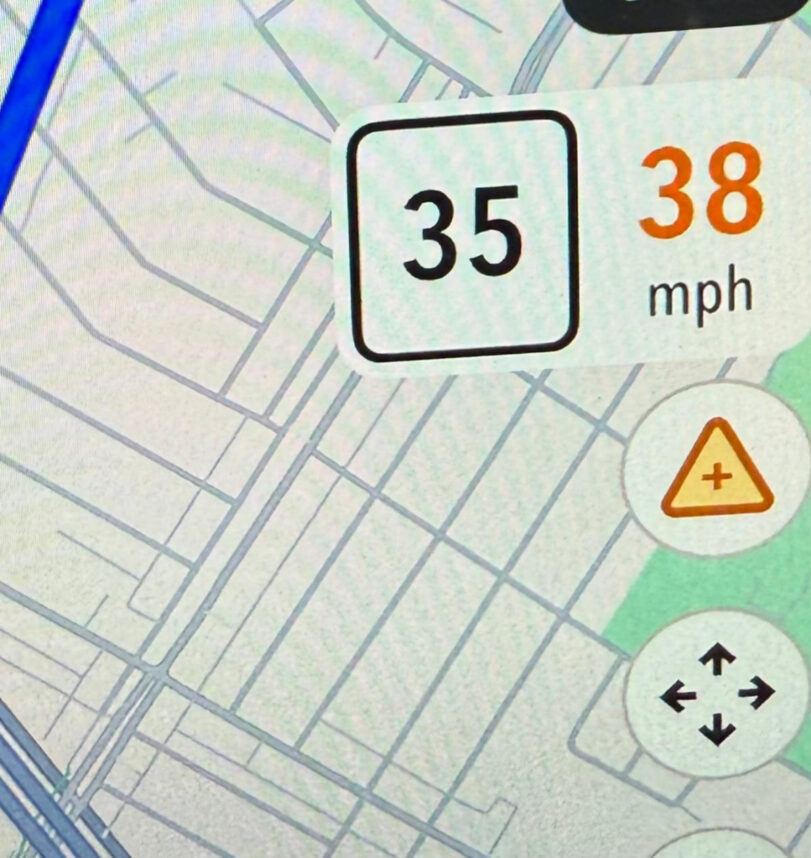
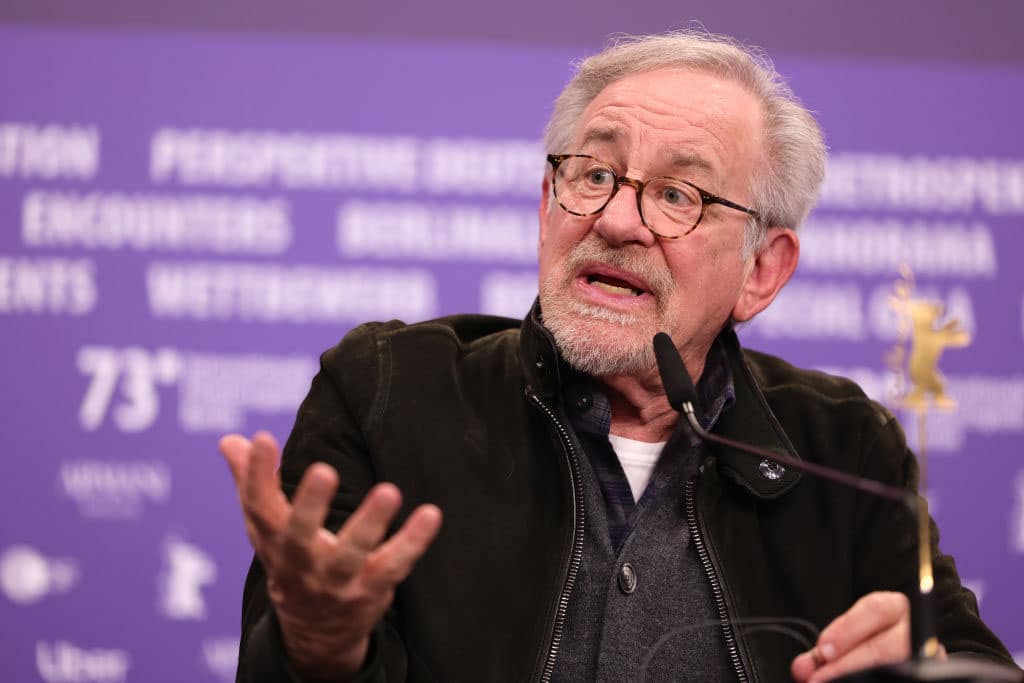

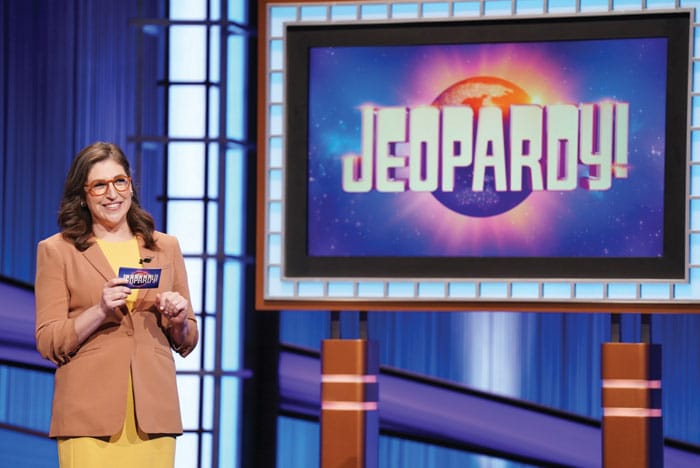
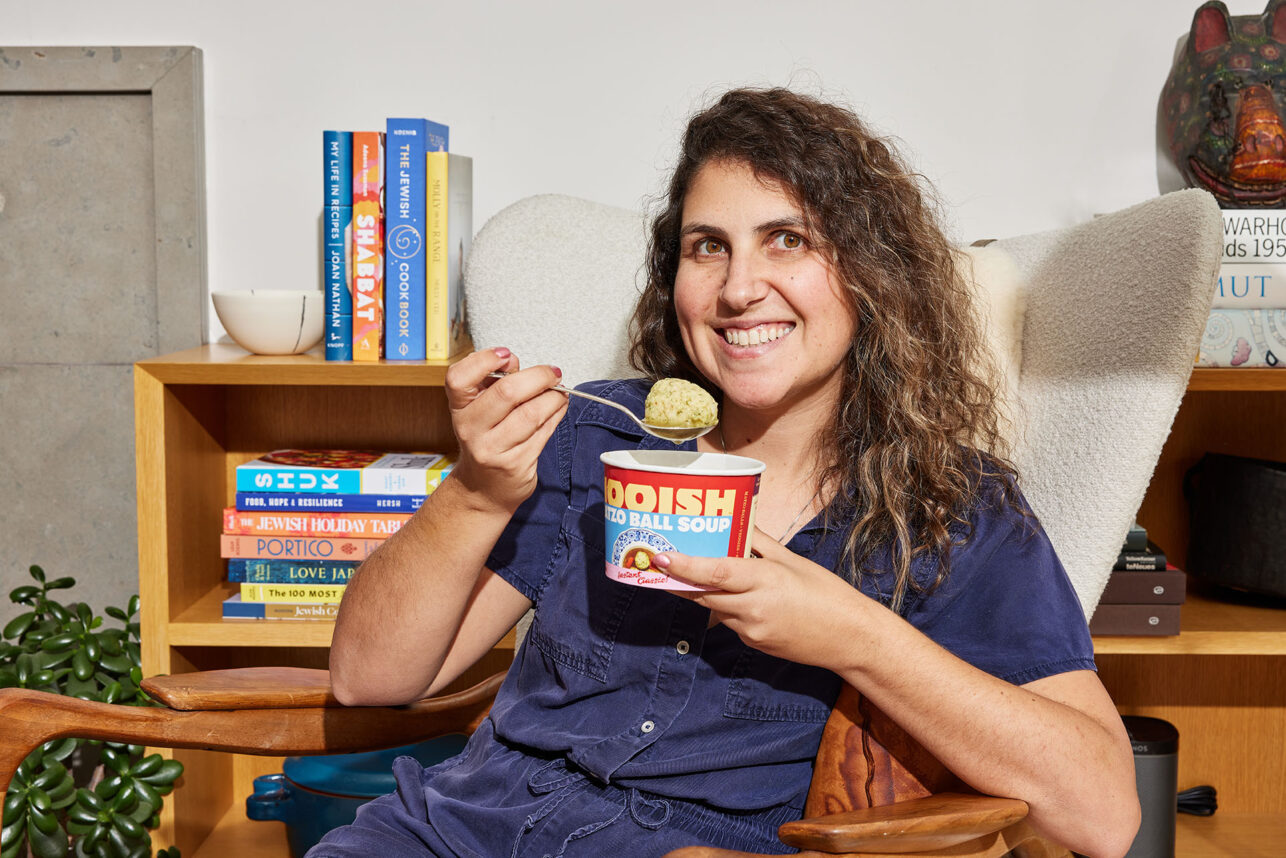


 More news and opinions than at a Shabbat dinner, right in your inbox.
More news and opinions than at a Shabbat dinner, right in your inbox.